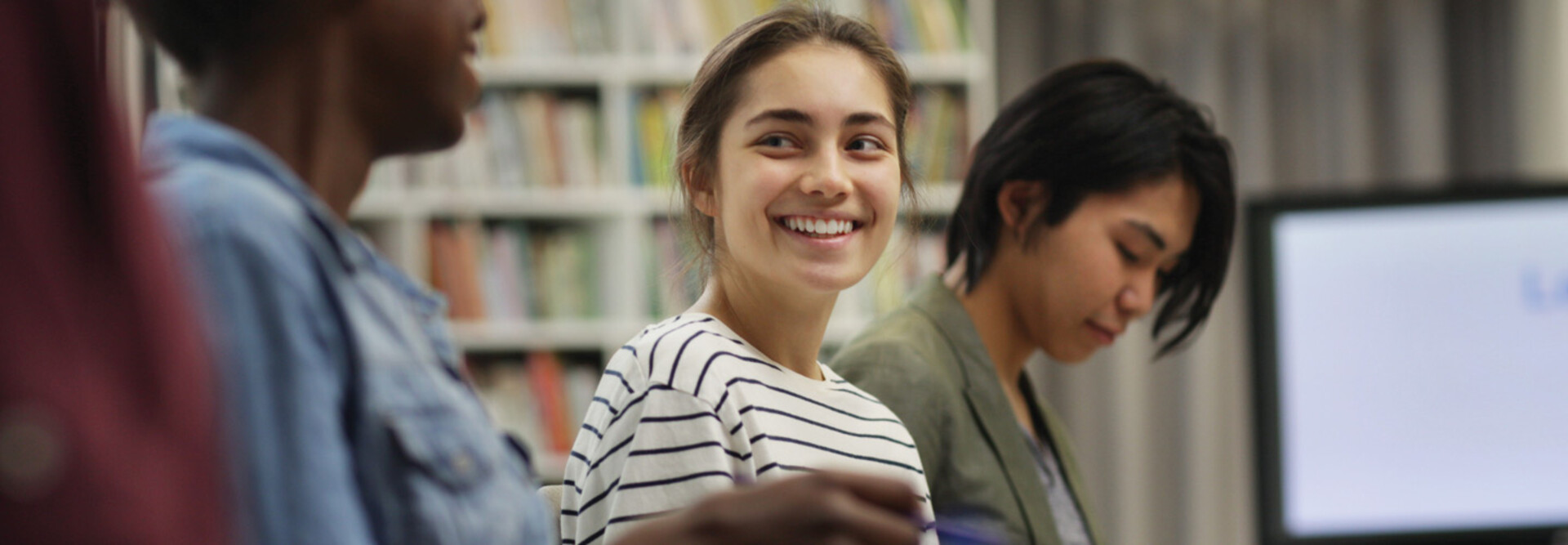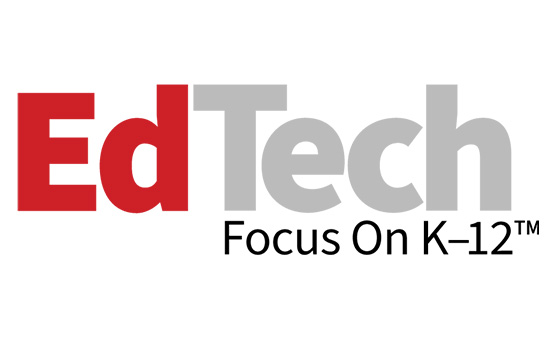“The very first thing that applicants must provide is a needs assessment,” says Jennifer Dailey-Perkins, DoDEA grant program manager. “What is it that you need, and how have you determined that you have this need?”
Building Necessary, Modern Skills in Military-Connected Students
To begin understanding what schools need, the organization first considers what skills will help modern learners when they leave the K–12 environment. “We’re looking at things that we know are nationally in need but that would also benefit the Department of Defense,” Facon says.
The grants focus not only on schools’ needs but also on their interests, she continues. “For a number of years, school districts came to us really wanting to focus their efforts on science, technology, engineering and math. That was certainly an area we were looking at within DoDEA that we wanted also to support.”
Several DoDEA grants now support K–12 esports as part of a broader STEM focus. There are also grants that support the implementation or advancement of world language studies in K–12 schools.
WATCH NOW: Educators blend lessons on Indigenous culture with technology.
Because the organization offers a variety of grants that can apply to different age groups — some may support the foundation of high school programs while others focus on elementary students — a school district may be awarded numerous different DoDEA grants over the years.
Facon acknowledges that there are many schools, like Florida’s Escambia Public Schools, that have been awarded multiple DoDEA grants. “They are school districts that have a high concentration of military-connected students and that also have a great need,” she says.
“Military bases don’t usually just pop up, and our eligibility is contained to those school districts that are near military installations, so you will have some of the same folks receiving awards,” Dailey-Perkins adds.
Click the banner below to stay up to date on educational technology news and trends.














